Having a blog post rank in the top 10 results of a search engine surely feels rewarding. It is a good indicator that online authorities such as search engines recognize you and find you credible.
Having proved yourself as an expert and authority for the subject matter you ranked for is an achievement. It adds a lot to your brand value and image.
It will for sure generate a good amount of traffic. However, traffic isn’t the only measure of success. What B2B businesses need are conversions.
You can throw high authority backlinks at search algorithms all you want. None of it would be useful if you’re ranking for the wrong kind of content and keywords.
Thankfully, you can effectively drive organic tariff to your B2B business that converts. All you need is a good B2B SEO strategy.
Before we get to that, let’s start with some basics!
What is B2B SEO?
B2B SEO is a digital marketing strategy that focuses on ranking for keywords that drive high-quality traffic and raise the chances of conversion significantly.
The focus is on finding the right keywords and producing the right form of content. The keywords and content should match the search intentions of multiple decision-makers of your ideal customers.
So what does a good B2B SEO strategy look like?
A good B2B SEO strategy will put your business in front of B2B looking for solutions and services you provide. Being the first ones with the best answers to their search queries raises your chances of conversion astronomically!
But that sounds like something even a B2C business might want, doesn’t it? Wondering how B2C and B2B SEO are different? Let me clear your confusion!
How are B2B and B2C SEO different?
The search engine ranking factors and search engine optimization best practices remain the same for both. That’s where the similarities end, however. B2B and B2C require completely different approaches for SEO to yield desirable results.
B2C usually requires a more blanket approach compared to B2B. The demographic target is relatively broad, enabling B2C businesses to maximize sales potential.
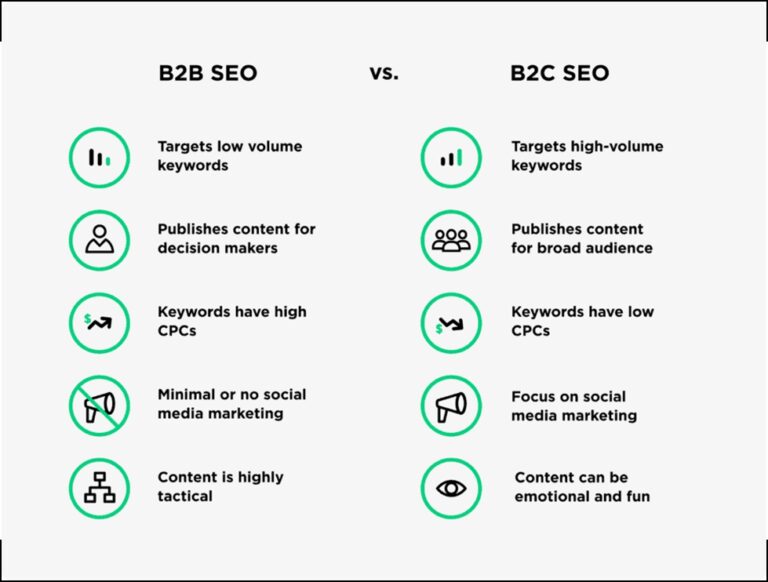
B2B requires a targeted approach. Only a select type of businesses in the B2B sector will benefit from your offerings. Thus, it becomes essential to target their decision-makers effectively.
The content for B2C needs to drive emotional reactions, and be easy and entertaining. For B2B it needs to be informational, tactical and should follow a problem-solving approach.
With the basics and differences cleared, we can move to the important part. Let’s talk about B2B SEO strategy!
How to Build an Effective SEO Strategy in 2022?
B2B SEO is not difficult when you have an amazing guide to follow. It, however, is tactical and yields amazing returns in the form of revenue growth.
Follow these steps for building an effective B2B SEO strategy:
1. Create an ICP and Buyer Persona for Key Decision-Makers
Now, many guides will have you start directly with creating a buyer persona. While that is a good move, we have something even more effective. Start with creating an Ideal Customer Profile (ICP). There are several benefits to it.
It will allow you to target only the most suitable customers. This is not just cost-efficient but effective at raising the chances of conversion. Follow up by creating buyer personas for key decision-makers using the ICP as a foundation.
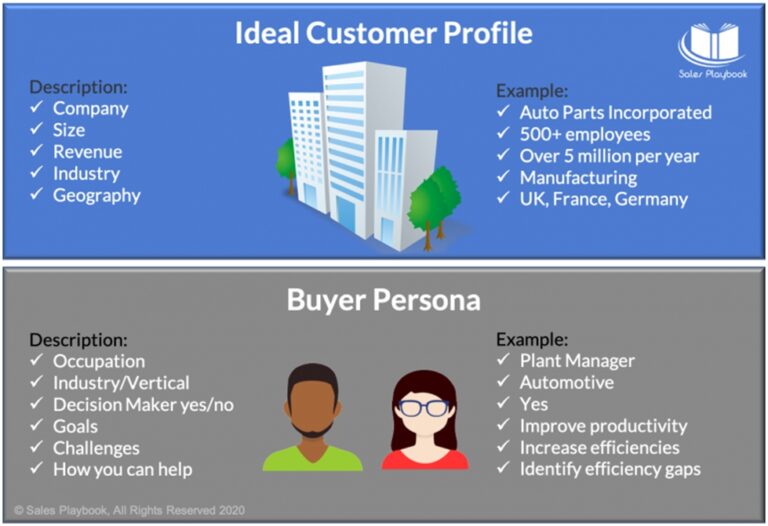
With this approach, you will have more clarity and precision when it comes to targeting.
If you offer a varying degree of solutions, you can create different buyer personas for each vertical you operate in.
2. Conduct Keyword Research
Precise targeting begins with keyword research in B2B SEO.
Tactical and in-depth keyword research is a core component of an effective B2B SEO strategy. Keyword research enables you to understand what people are searching for and how many of them are searching for it.
Keyword research should not be limited to Search Engines. You can even utilize social listening to understand the market and your ideal customers.
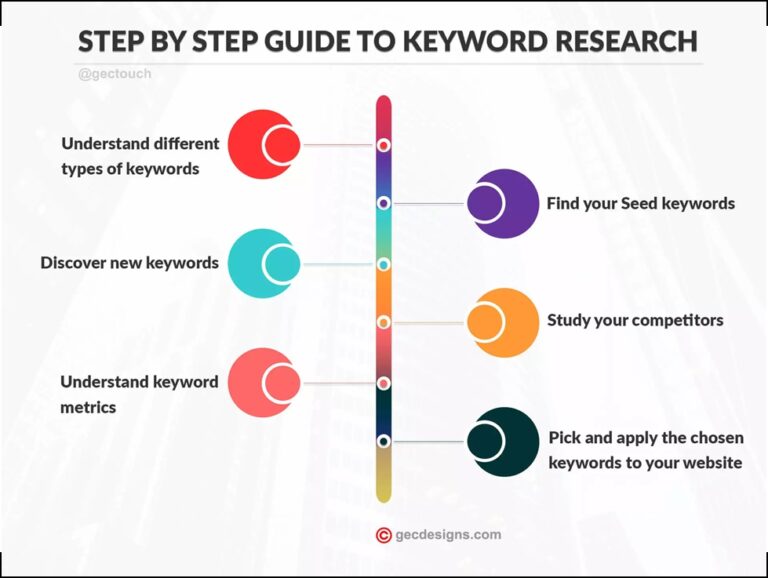
Your keyword research should span all the stages of the sales funnel. This reinforces the effectiveness of both, your B2B SEO and sales funnel performance.
The idea here is simple and tactful. To target keywords that match the search intents of your prospects at every stage in the sales funnel. This will educate and engage your prospects at each stage about your offerings and expertise.
You will also have to target long-tail keywords that are in line with the search intents of key decision-makers. You can even spy on your competitors and check what keywords they are targeting to get ahead of them.
3. SEO-driven Content Planning
Content effectively serves two purposes. Content is essential to drive traffic and gain a higher rank, At the same time, content is what drives conversions. However, for content to yield desirably, it needs to be optimized for both SEO and conversion.
Once you have identified all the keywords you wish to target, employ keyword mapping and clustering. Using this approach, you can identify relevant topics that incorporate target keywords. Thus, you will effectively address the search intents of prospects.
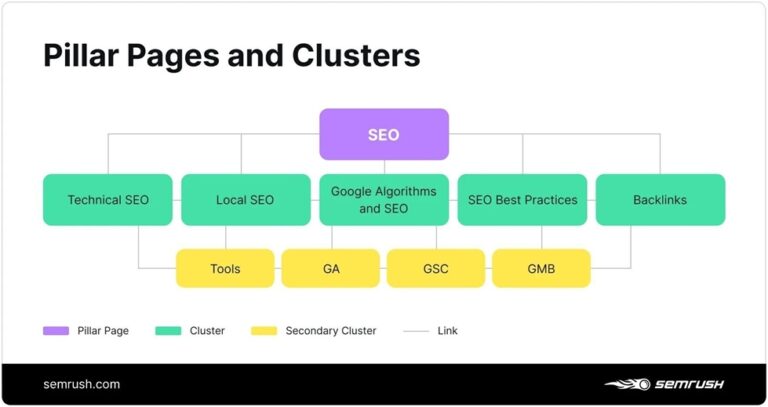
Ensure you consider your sales funnel while choosing topics. The top of the Funnel topics vastly differs from the Bottom of the Funnel topics. Top of the Funnel topics will include informational and educational content.
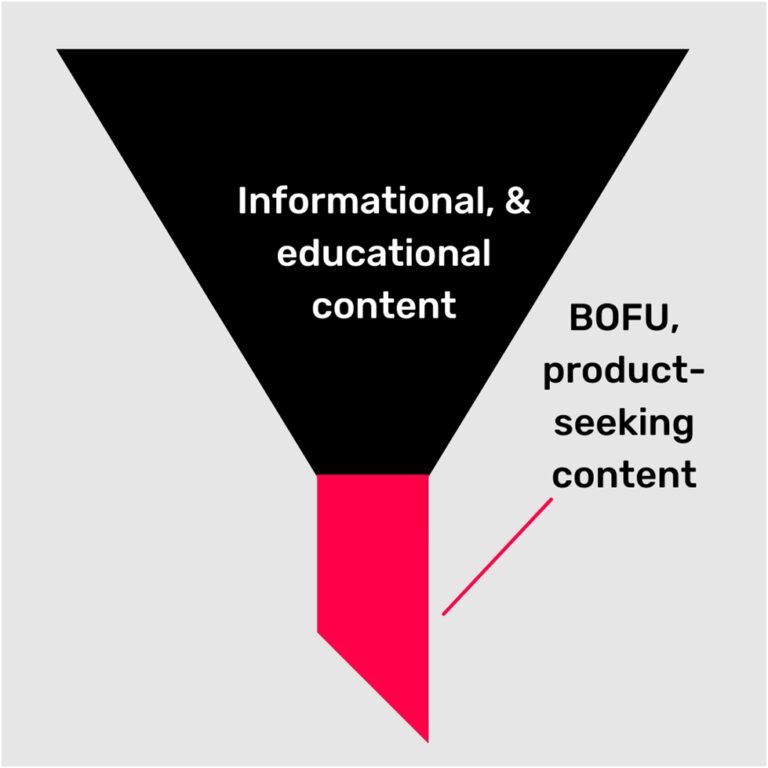
This content will link to and drive prospects further into the funnel. Bottom of the Funnel topics focuses more on aiding the buying decision by asserting a favorable influence.
Thus, SEO-driven content planning will generate more traffic, higher ranks and conversions when done correctly.
4. Optimize Your Website and Webpage
Ranking higher and driving traffic are one of the main conquests of any B2B SEO campaign. However, converting prospects has a higher priority as this is what drives revenue and business growth.
Customer Experience plays a vital role in influencing a prospect’s buying decision. If you’re eyeing the long term, consider this. Almost 63% to 71% of the younger generations state that CX plays a vital role in their purchase decision.
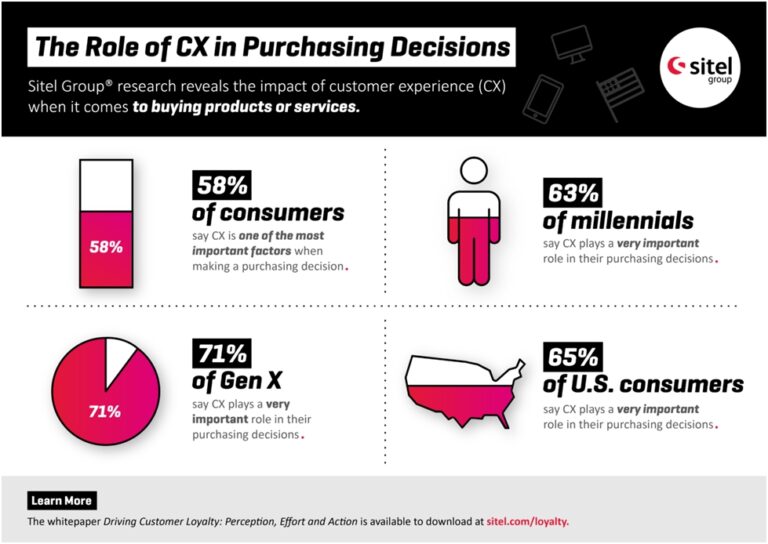
But wait, how does SEO concern with customer experience? Well, many of the core web vitals such as CLS, FID, LCP, etc. directly influence customer experience. What does this mean for you? You can win at SEO and CX at the same time!
There are a lot of on-page and technical SEO optimizations that you can employ. Optimizing your website and web pages makes them easily discoverable. Moreover, prospects have an easier time finding the answers they need.
Add to that the good experience they have while on your website. Now you have a winning formula for growing conversions steadily.
5. Build a Scalable Content Strategy
An SEO-driven content strategy has an active blog at the core of it. The idea here is to produce high-quality content that is rank-ready.
Providing value to your prospects in the form of education, explanation and troubleshooting, is what builds a positive relationship with your prospects.
Two more things that good content accomplishes are, that it asserts your expertise in the subject matter and establishes you as an authority.
When you factor in all these points, high-quality content inadvertently raises your chances of converting high-value prospects significantly.
This necessitates having a scalable content strategy. When combined with B2B SEO, a scalable content strategy will drive rapid revenue growth for your business. You can opt for content atomization and content syndication to achieve scalability.
There are different manners in which you can deliver content on different channels. Remember the ICP and buyer personas we talked about earlier? Those will act as guides for determining what form of content works best and which channels to focus on.
In essence, an SEO-driven scalable content strategy will increase the flow of leads at your top of the funnel. These leads will flow through the funnel and convert into customers.
6. Strategically Earning Backlinks
Backlinks used to be a major ranking factor for Google back in the day. They still are an important ranking factor and your B2B SEO strategy must incorporate link building.
There are many ways you can go about doing this. Google suggests you create high-quality content that gets cited and earn backlinks organically and passively.
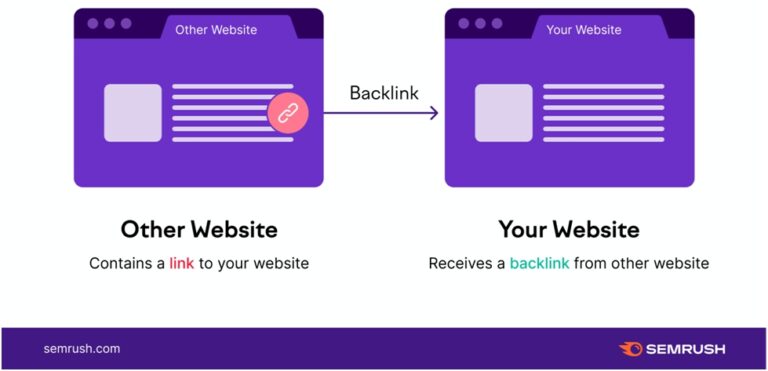
While this approach is a simple one that yields results, it is not always a feasible approach for businesses wanting to grow quickly. For such businesses, other approaches yield quickly.
There are two effective approaches that B2B businesses can opt for to earn high-quality backlinks. The first is Digital PR where you reach out to your industry-specific blog and news sites and have your content published there and linked back to you.
The second option is guest posting. It involves partnering up with websites that are complementary to your offerings. You create and publish relevant content that benefits both of you on their website and have it link back to your own.
7. Pay Attention to Internal Links
Internal links are as important as external or backlinks and your B2B SEO strategy must make proper use of this. There are many benefits of internal linking. Firstly, internal links are how search engines and users find new pages on your website.
If there aren’t any internal links leading to a new webpage, chances are both users and search engines might miss it.
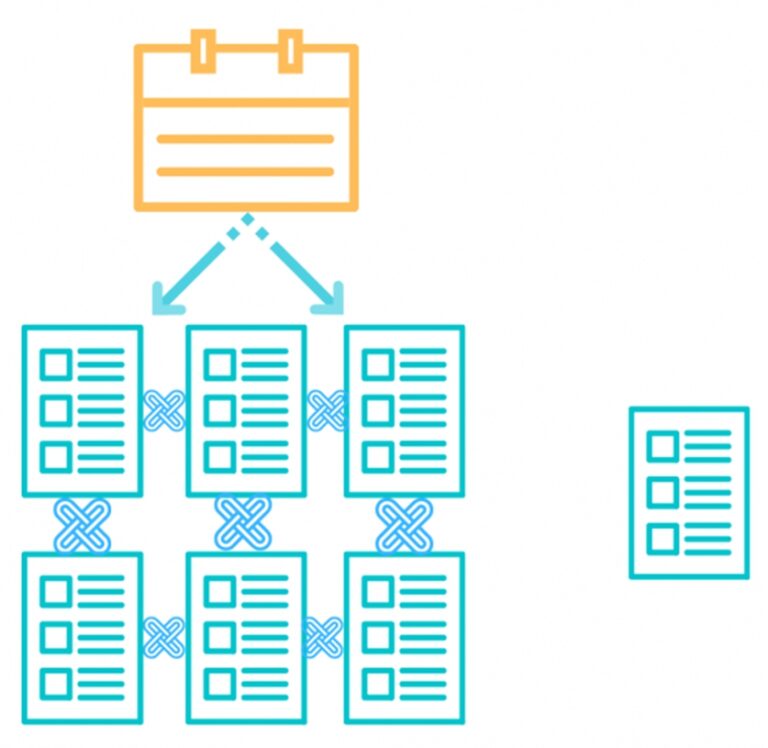
If one of your blogs is generating a lot of traffic and ranking well, inserting internal links into that blog will ensure that traffic cascades onto other pages as well.
Moreover, internal links are how search engines determine how each piece of content is related to one another. This is crucial for establishing a Topical Authority. Search engines rank websites higher when they cover a lot of topics relating to a subject.
If a certain article has organically generated a lot of backlinks, you can link it to relevant content on your website. This way other web pages also enjoy the authority and trust earned by the high-performing article with many backlinks.
To Conclude With
Its 2022 and every business, be it B2B or B2C, definitely needs and benefits from SEO.
B2B SEO is different in terms of its approach and how it works compared to B2C SEO. This difference means you need to strategize differently for your B2B SEO strategy to yield desirable outcomes.
You can follow the seven steps mentioned above and add in a few by yourself. This will help you create a B2B SEO strategy that is the best match for your business needs.
Always remember, visibility equates to business growth in the online world!





